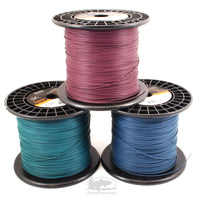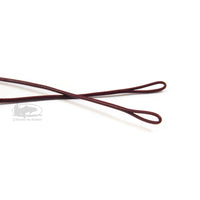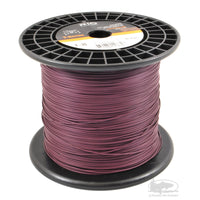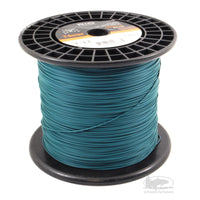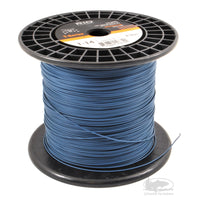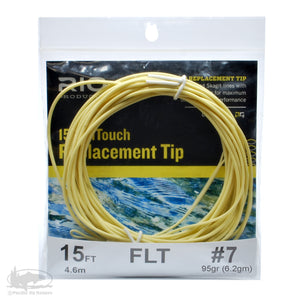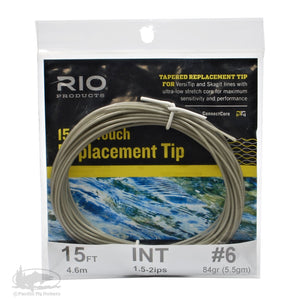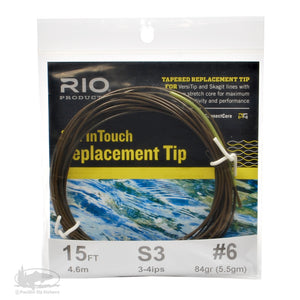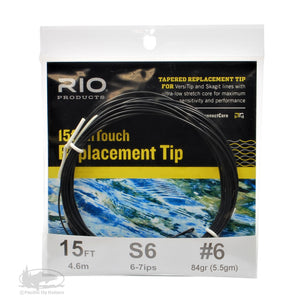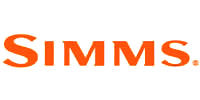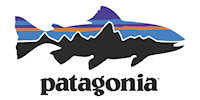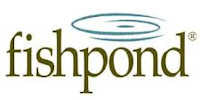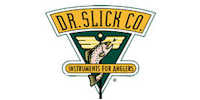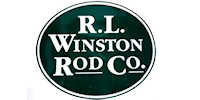RIO Custom Length Sink Tips
RIO's bulk sink-tip material in T-8, T-11 and T-14 is the same material used to make the popular RIO MOW Tips but in bulk spools so we can cut them to any length you desire. We then use a heat gun to build nice, factory-like loops in both ends.
RIO T-material tips are commonly used to connect to Skagit heads for Spey rods. In the longer lengths, they can also be used as super-fast sinking shooting heads when attached to a thin running line for fly fishing at ultimate depths.
These RIO T-Material sink-tips are durable and sink FAST. Order them based on the size that suits your needs (see description of sizes below) and the lengths you would like. All tips come with a loop on both ends.
RIO T-8, T-11 and T-14 bulk sink tip material has the following specifications:
T-8:
Sinks at 6-7-inches per second and weighs 8 grains per foot. Breaking strength of approximately 20lbs. T-8 is the best choice for most single-handed rods when you want to connect the sink-tip to the head of your floating line and make your own “multi-tip” system. (NOTE: It is highly recommended that you cut off the forward taper of your floating line, build a loop, and attach a sink-tip with a total weight close to the same as that which you cut off for single-handed rods). It is also the best choice for lighter Skagit heads of around 450 grains or lighter.
T-11:
Sinks at 7-8-inches per second and weighs 11 grains per foot. Breaking strength of approximately 20lbs. T-11 is the best choice for many Spey applications in our opinion. We recommend T-11 for Skagit heads in grain weights between 450 and 600 grains.
T-14:
Sinks at 8-9-inches per second and weighs 14 grains per foot. Breaking strength of approximately 30lbs. T-14 is the ideal choice on Skagit heads above 600 grains.
RIO T sink-tip material uses an ultra-low stretch ConnectCore as the core of the line. ConnectCore offers a number of advantages as a sinktip. Those advantages include: 1) The core is resiliant to heat, which enables us to weld loops onto the tip without compromising the strength of the core. 2) ConnectCore also allows you to splice the tip into the core of other fly lines with multifilament cores and make spliced sink-tip lines. 3) ConnectCore also stretches much less than other fly lines for more sensitivity to the grab and more solid hook sets.


